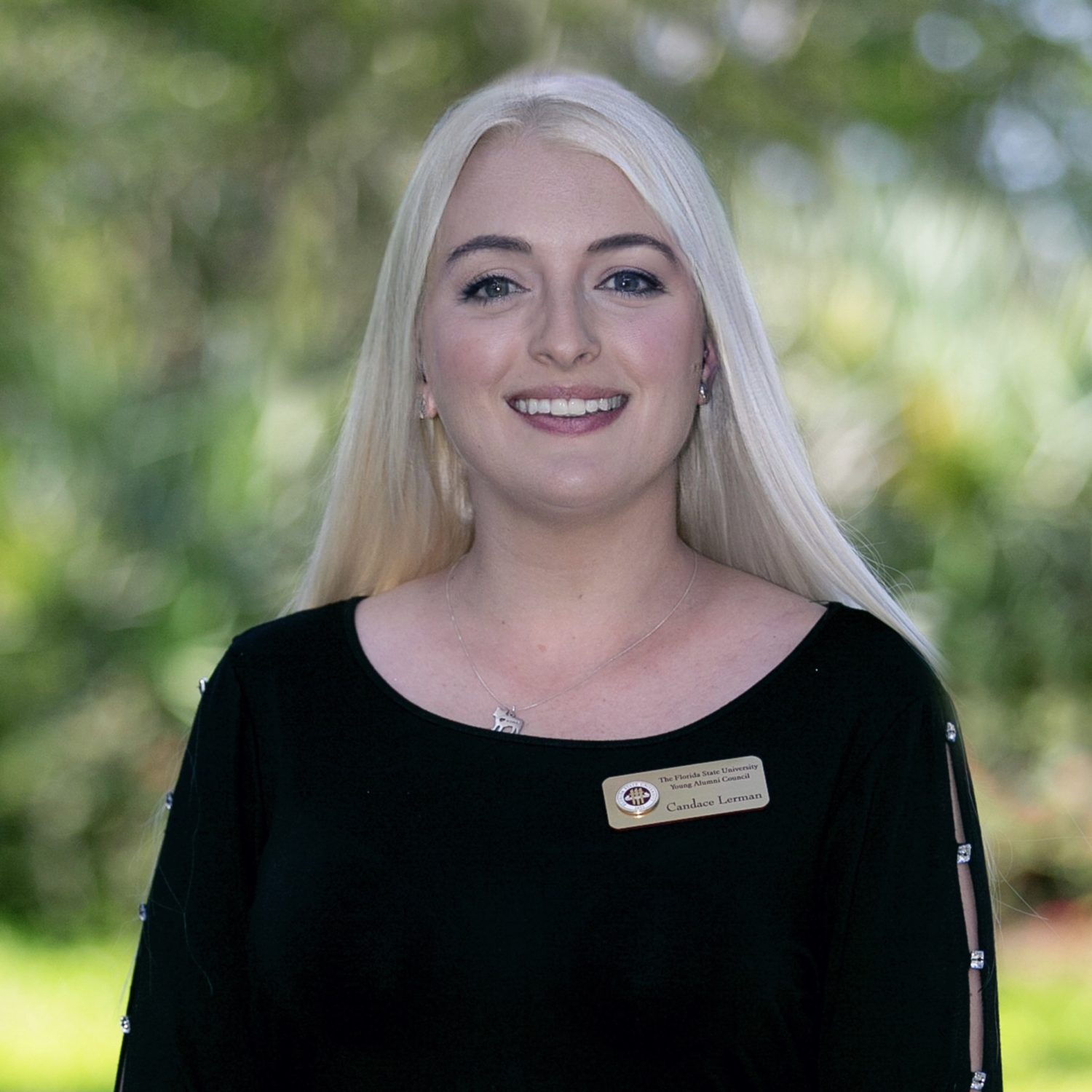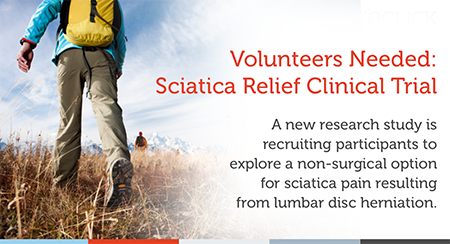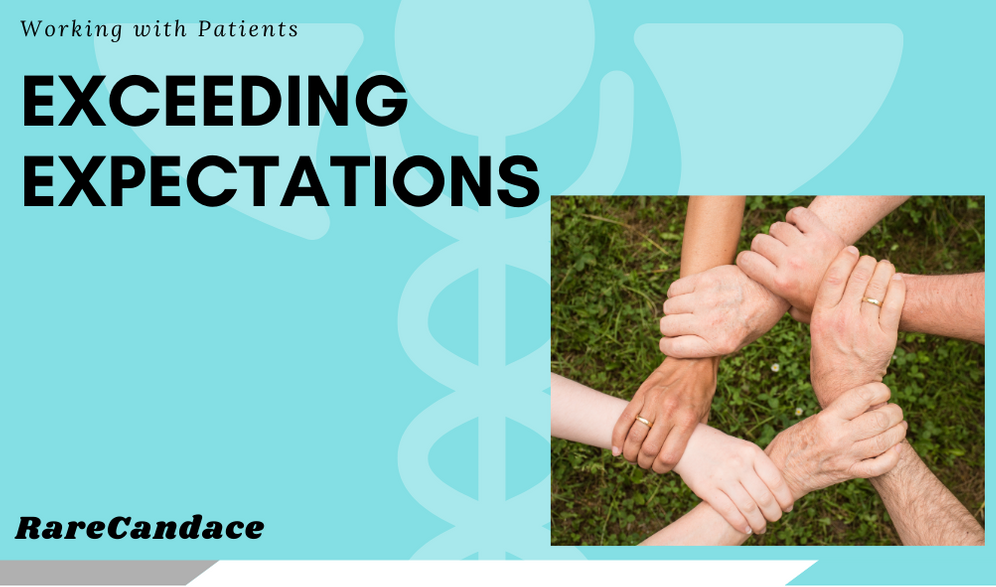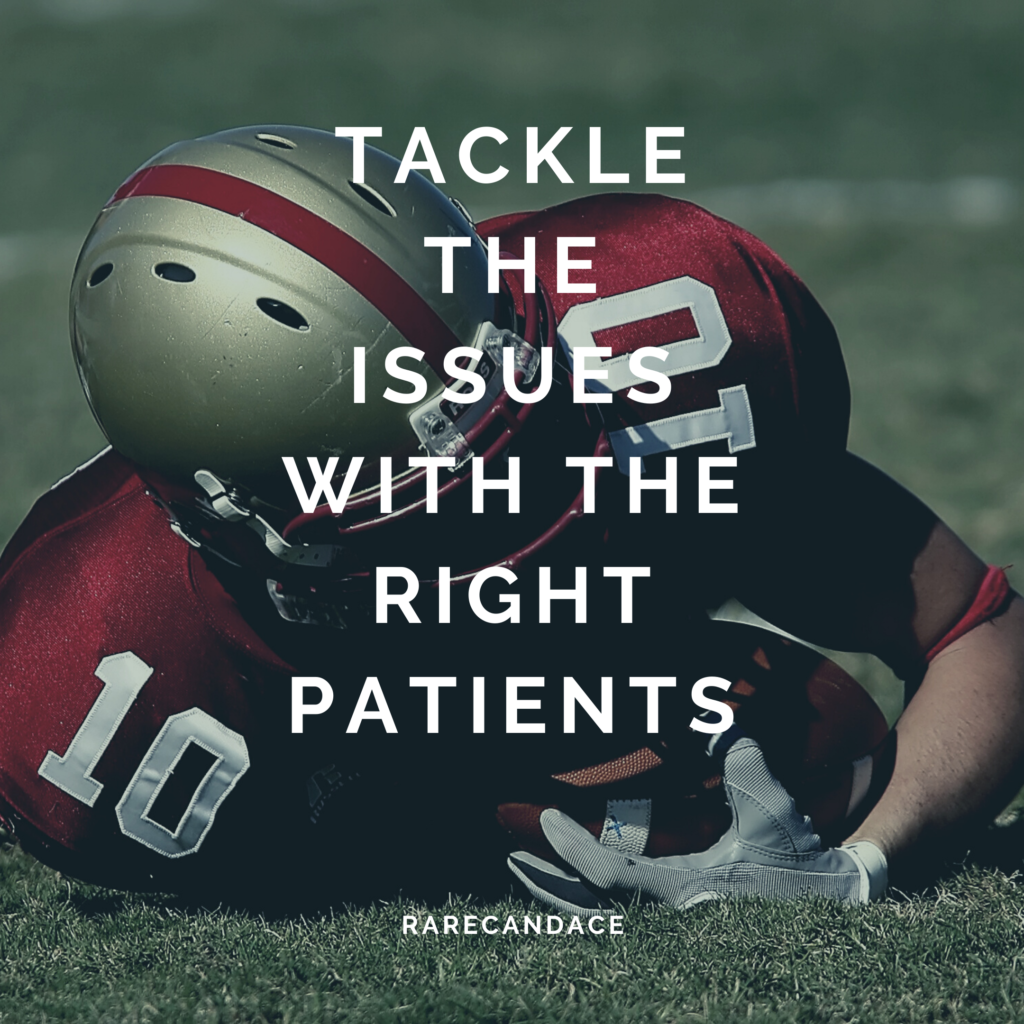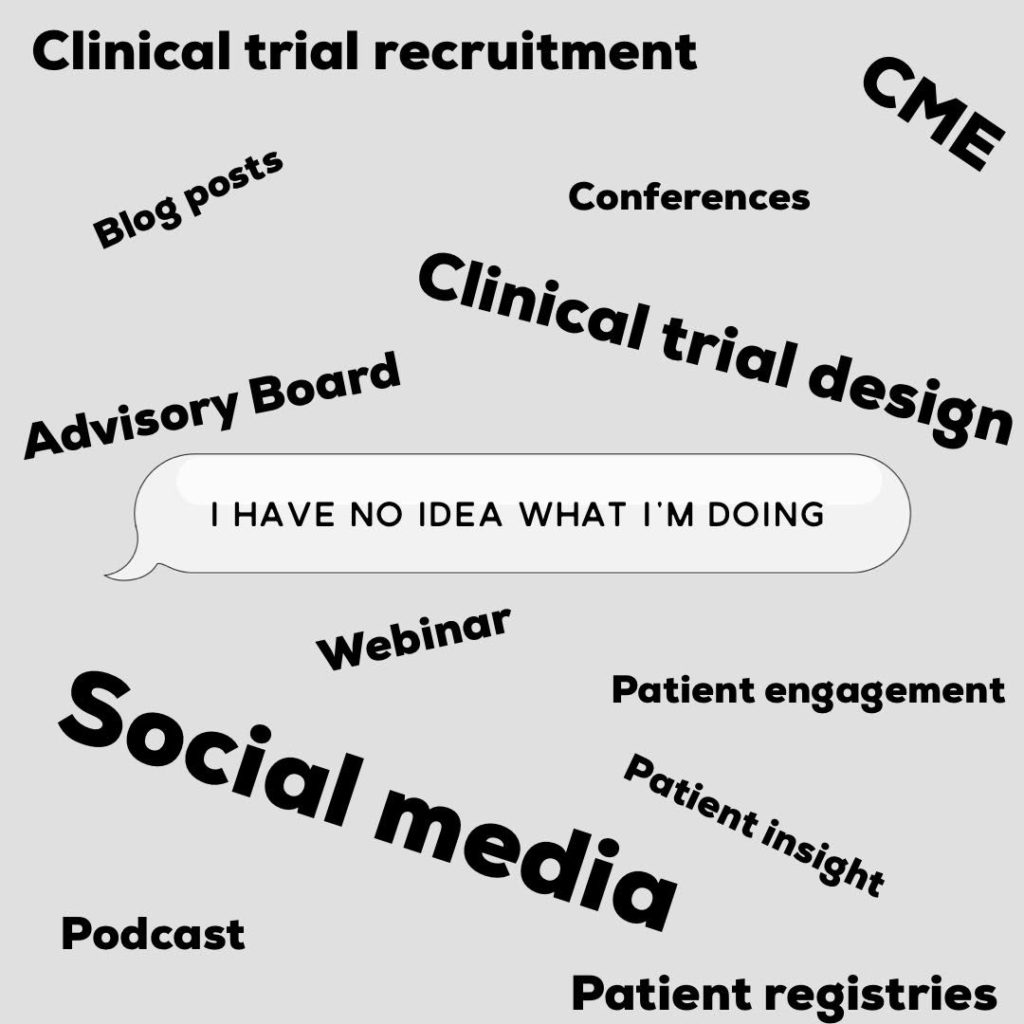Did you launch a new product or engagement effort during COVID? If so, you’re likely fighting an uphill battle trying to connect with patients.
Traditional patient outreach relied heavily on leveraging in-person interactions. Conferences and conventions were a convenient and direct way to make a disease community aware of a new treatment coming to market or build awareness about an upcoming clinical trial. Once those engagements went virtual, the ease of engaging with your target patient community via in-person connections was eliminated. Drug manufacturers continue to struggle with how to “digitize” their outreach and compete for attention through platforms like Facebook and Instagram, further compounding the problem.
So what should you do?
First, locate the advocacy groups for your target population. Ask them how they continued to engage with patients/families during the pandemic and find out what works. Every community is different, I saw some amazing success for one community with webinars while another found their Facebook group had exponentially more traffic. Based off that information, you can start planning next steps.
Another approach is targeted social media advertisements. I’ve seen a lot of this on Facebook and Instagram for the autoimmune space, and even forwarded trail recruitment links to friends who have expressed an interest in participating in clinical research. Don’t be afraid to try it out, but as I’ve mentioned in previous posts, know the hashtags your patient community uses. Those hashtags are a great way to get on a patient’s radar and appear while they’re scrolling their feed(s) during the day.
Lastly, prepare for in-person engagements again. People are anxious to get back to normal! It has been great seeing conferences back in full swing and patient communities meeting up for the first time in two years. Even if you’re engaged with the community online, putting a face to a name in the flesh is invaluable. It builds trust and helps foster relationships, the foundation of patient engagement.
I think we have all experienced Zoom fatigue at some point during the last two years, so don’t be afraid to get creative. As with all digital engagement, it’s critical that your content be engaging, direct, easy to understand, and reflect the patient community you’re trying to reach. I always chuckle when I think about a conversation I had a few years ago discussing advertisements for ITP. There was a photo of someone playing soccer, definitely NOT something a person with low platelets should be doing! I like to bring that up when talking about digital patient engagement because we tend to focus so much on clicks, impressions, and engagement metrics that we fail to think about how the media appears to the target community.
So get those creative juices flowing, do some research on the patient community you’re trying to reach and jump in!
